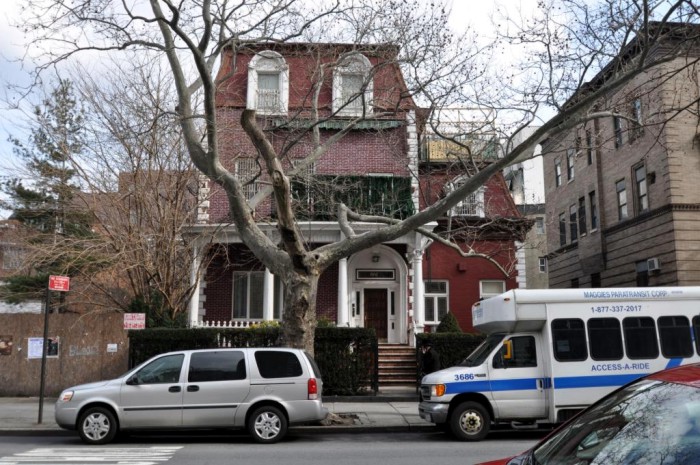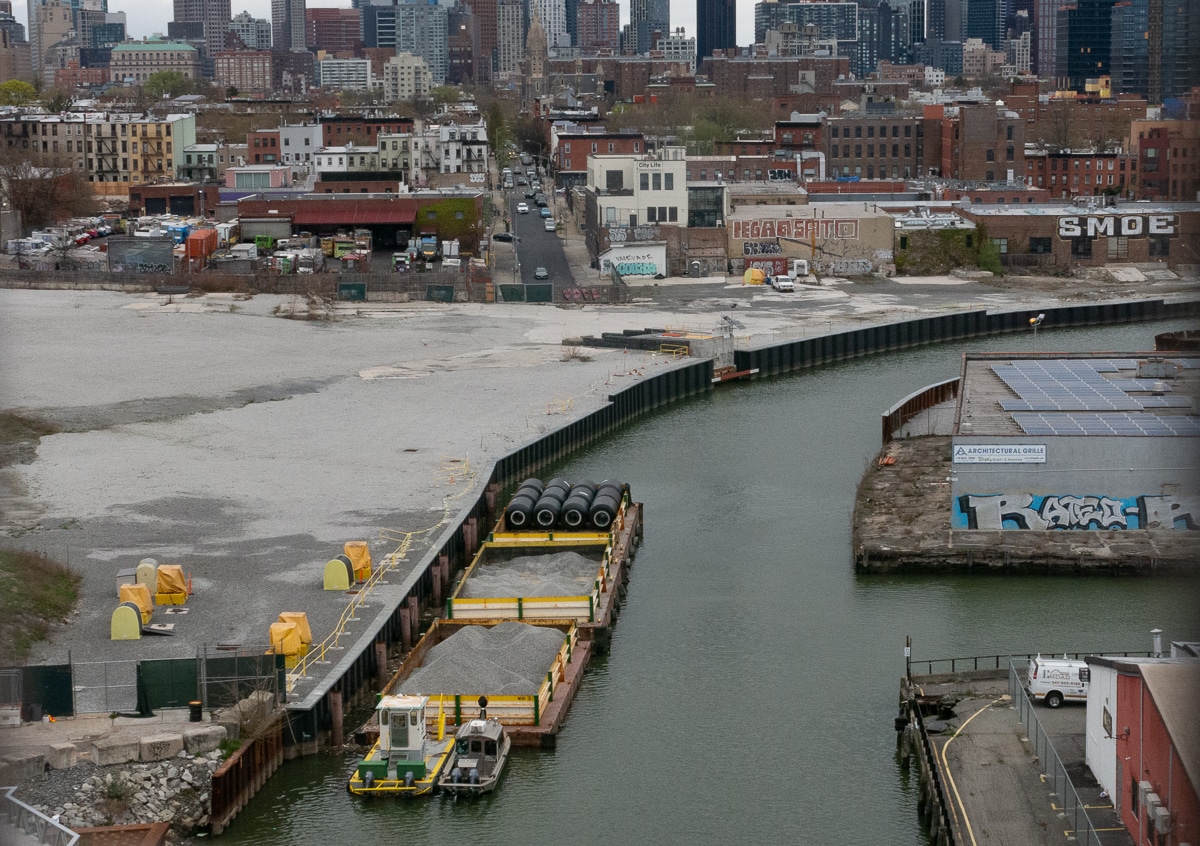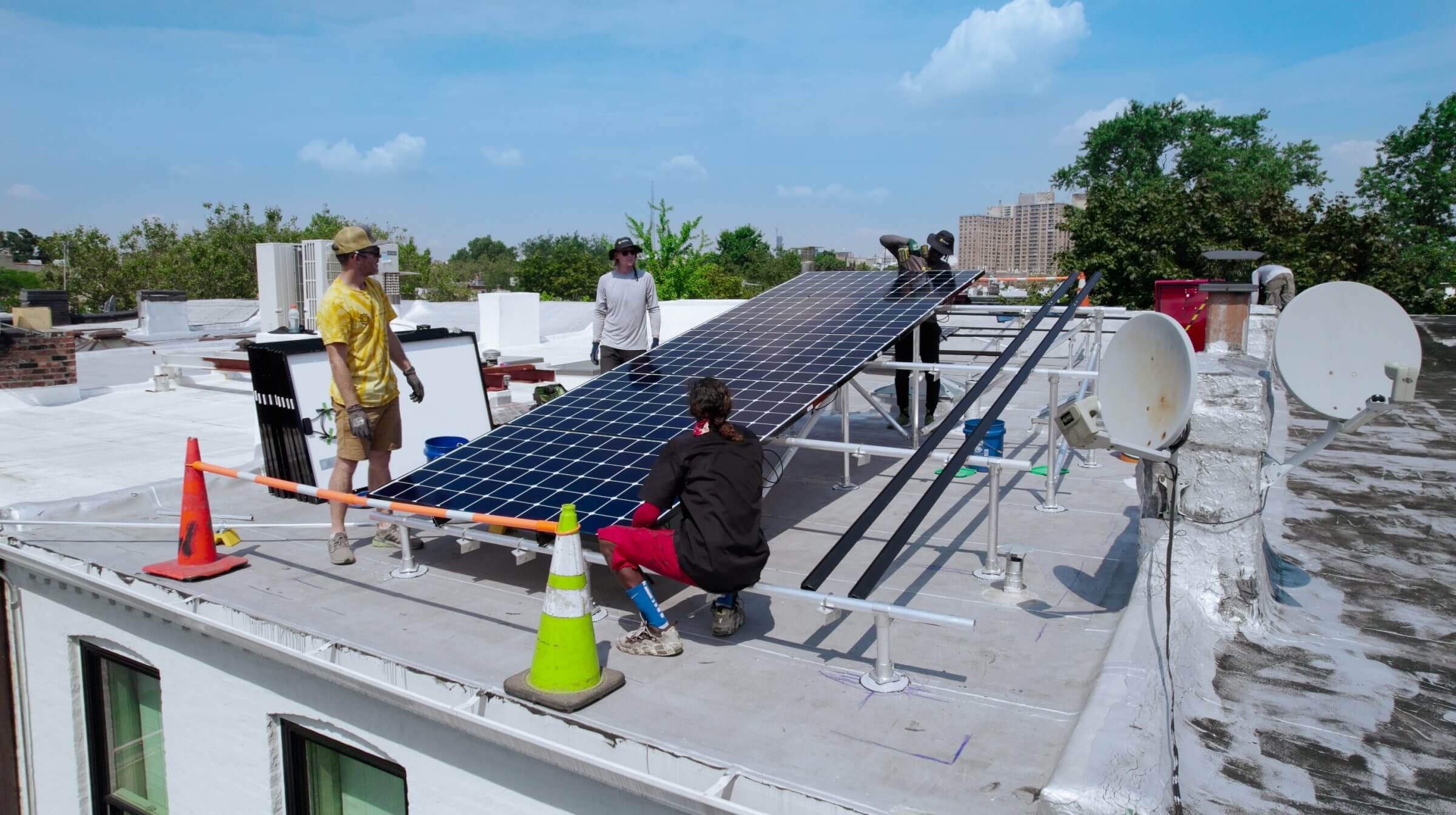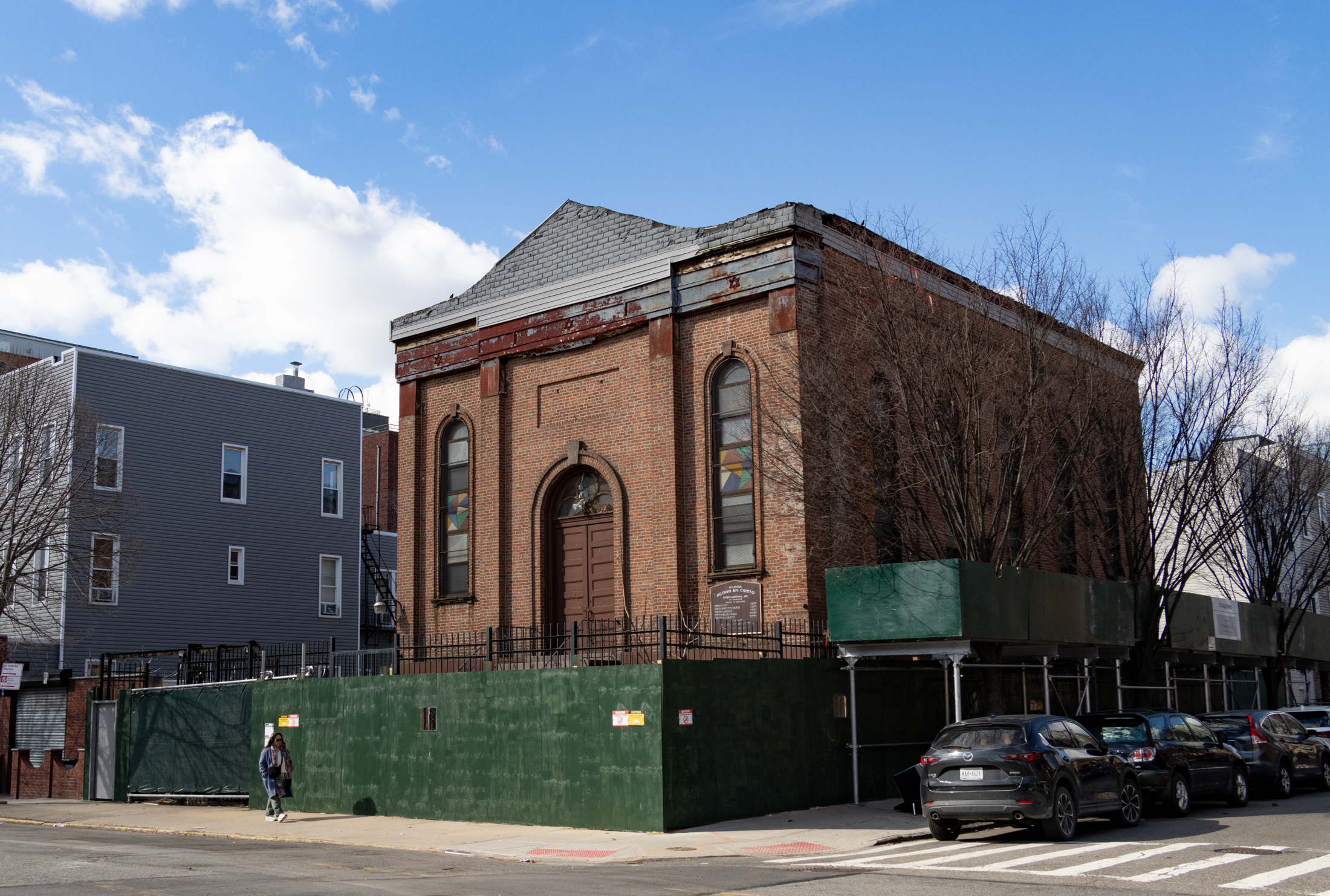499 Bedford Avenue -- An Elegant Second Empire Club House in Williamsburg
Brooklyn, one building at a time. Name: Former Marvin Cross house, now apartments Address: 499 Bedford Avenue Cross Streets: Clymer and Taylor streets Neighborhood: Williamsburg Year Built: 1870s, most likely Architectural Style: Second Empire Architect: Unknown Landmarked: No The story: The stretch of Bedford Avenue between Division Street and Flushing Avenue was Williamsburg’s best residential street,…

Brooklyn, one building at a time.
Name: Former Marvin Cross house, now apartments
Address: 499 Bedford Avenue
Cross Streets: Clymer and Taylor streets
Neighborhood: Williamsburg
Year Built: 1870s, most likely
Architectural Style: Second Empire
Architect: Unknown
Landmarked: No
The story: The stretch of Bedford Avenue between Division Street and Flushing Avenue was Williamsburg’s best residential street, beginning at the end of the 1870s. The blocks between Division and Keap Streets were especially fine and were the Gold Coast of the neighborhood. Mansions sprang up there until the end of the 19th century, built by the neighborhood’s merchant princes.
Towards the end of the century, when the fashionable areas of town moved elsewhere, some of these large houses became clubhouses for the wealthy and politically connected men of Williamsburg and the Eastern District. Today’s house mirrored that trend, but in reverse.
The house was probably built in the late 1870s, and may have been among the first of the area’s mansions. It appears on an 1880 map of the neighborhood, with the large First Reformed Church next door. That church is long gone. The property is now an empty lot.

This huge Second Empire house has three stories, and a large two story extension on the side, which probably originally held the formal dining room on the parlor floor. The house has a large front porch, and a handsome arched doorway to welcome guests. For many years, the house and the church were alone on the block. The Mollenhauer mansion on the right, at 505 Bedford, was not completed until 1896.

The first owner of the house remains a mystery, but in 1885, it became the headquarters of the Brevoort Club, funded by a group of well-to-do young men in the latter months of that year. It quickly became one of the Eastern District’s swankiest men’s clubs, gathering its limit of 100 members only months after incorporating. This was its first headquarters.
The Brooklyn Eagle noted that the organization had renovated the house to meet its needs. From the descriptions, the house didn’t really change much. The parlor floor had interconnecting reception and entertainment rooms, with a stage and a grand piano in one. There were pool tables in the basement, and reading and game rooms upstairs.

The paper called the space “elegant and refined.” The club stayed here for about two years, after which time it moved to Stuyvesant Heights, to new and larger headquarters on Putnam and Lewis avenues.
The most well-known residents of the house were Marvin Cross and his family. He and his wife Sarah moved here from nearby Clymer Street in 1891. Marvin Cross was a successful lumber man, the president of Cross, Austin & Ireland, with lumber yards in Wallabout and Newtown Creek at Grand Street.

During his long life, he was also very involved in Brooklyn politics. He was an alderman, Parks Commissioner, and a member of the Board of Education. He was one of the city’s more notable Democrats in a town of Republican movers and shakers. When President Grover Cleveland visited Brooklyn, during his second term, he had lunch here with the Cross family.
Sarah Cross died here in 1895. Fortunately for her, she missed the great scandal in her husband’s life. That’s a story for another time. Marvin Cross died of old age here at home in 1908. He was 91.
About six months later, the papers noted that the house was sold to another Williamsburg man, A. Goody or Good. Both versions appear in the paper. Son Michael Goody channeled the house’s club past by being one of the founding member of a new club, the Brooklyn Civic League. He was the secretary.
From the Goody’s ownership, the house passed on to many others. This part of Williamsburg was settled by Jewish immigrants when the Williamsburg Bridge opened in the early part of the century. They were succeeded by the Satmars and other Hasidic Jewish sects after World War II.

Most of the old mansions along Bedford became yeshivas. This is one of the few that remained residential. They made many changes to the original façade, changing the fenestration of the upper floors, and the house now has three apartments.

(Top photograph: Christopher Bride for PropertyShark)










What's Your Take? Leave a Comment